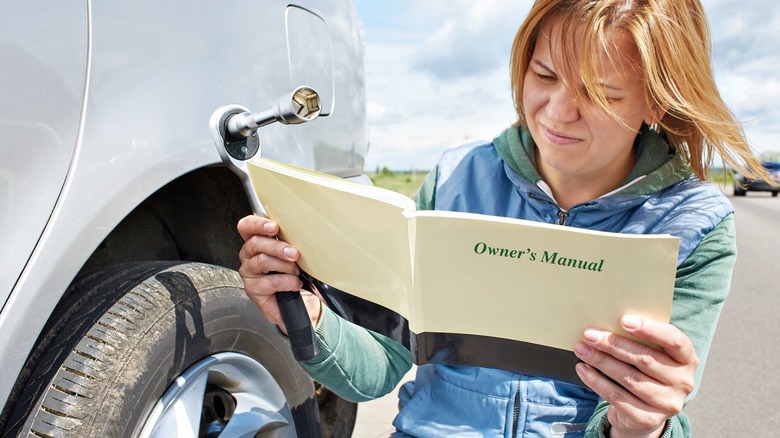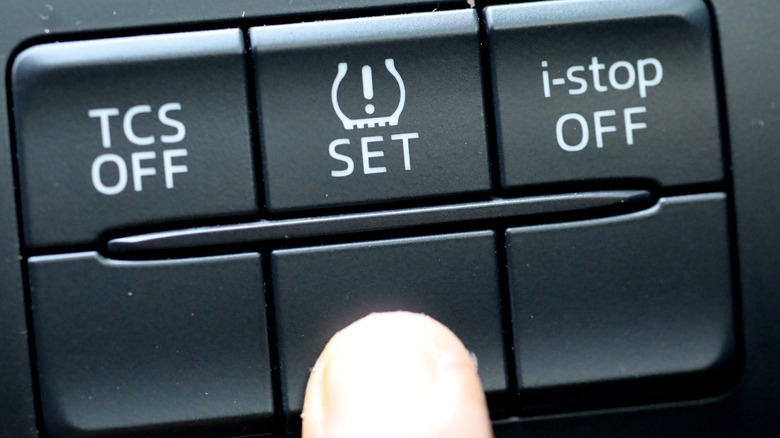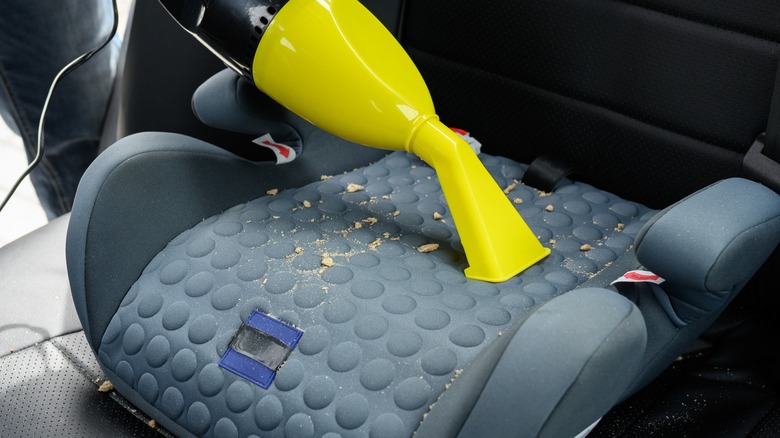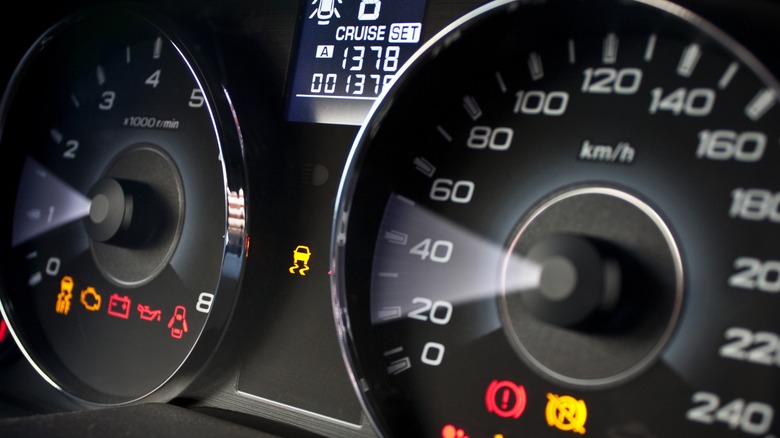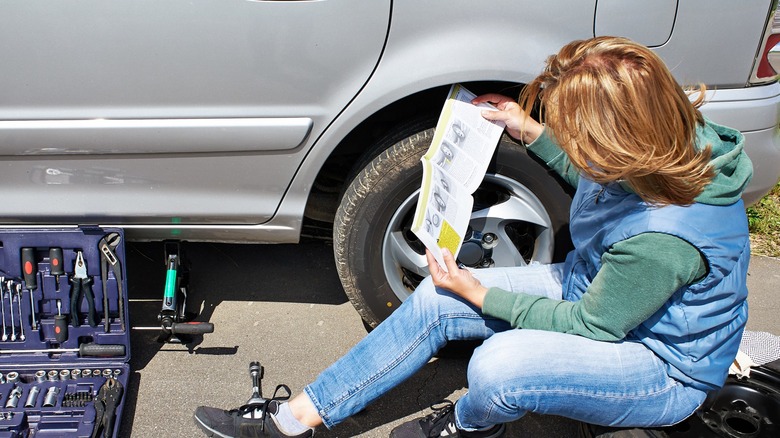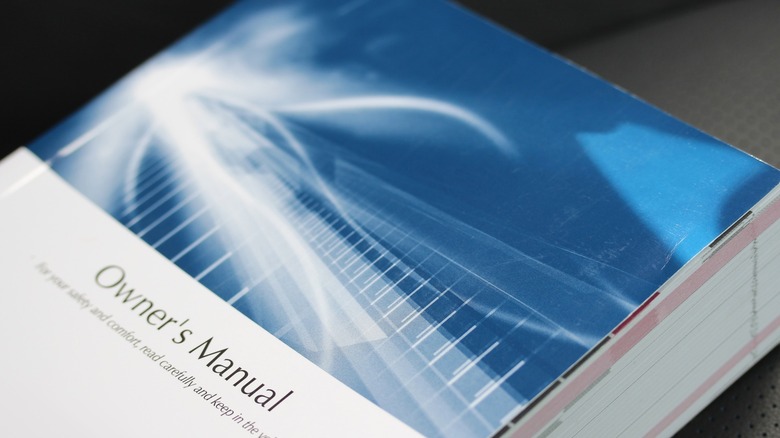6 Reasons You Should Read Your Owner's Manual
When you buy a car, it comes with many accessories and pieces of documentation, including an owner's manual. However, many people start driving without ever reading their manual. In fact, many people never even take out the manual from the glove box compartment.
But while it might seem like a big book of boring and dry data, your owner's manual is packed with lots of useful information — and knowing this info can help you develop a better understanding of your car and help if you get into trouble.
After all, when you know your car, driving becomes a much smoother experience. What's more, when you study your car's intricacies, you'll be able to maintain it far more effectively— which means you won't have to spend a ton of money on repairs over time.
With that said, there's a slew of reasons why you should read your owner's manual. Here's a look at six of them.
You can learn about features you didn't know your car had
How well do you know your car? Beyond starting the engine, connecting your smartphone to the car's audio system to stream your favorite playlist, and perhaps using the backup camera to reverse, how well do you truly know your car?
Before buying a car, you must have done some research. Maybe you spoke to a dealer, or you browsed the manufacturer's website. While trying to sell you the car, they'd most likely highlight only the most important features. But they'll never really tell you every single one of the cool things the car is capable of. Not because they can't, but because they just don't want to waste your time getting into all the details.
The rest of that information is usually included in the owner's manual, which a lot of people never open up to read. So many people drive their cars, knowing only part of what the vehicle is truly capable of. Most modern cars are equipped with sophisticated tech features that help you drive better and safer. Knowing that these features exist and then understanding how to use them can make a huge difference in your driving experience.
Furthermore, when you want to modify or upgrade your car, you'll need access to technical information such as the car's exact model, year, type of engine, and transmission system, among many others. You can be sure to find accurate details in the owner's manual.
You're able to get a better understanding of your car's parts and their functions
Some people just enjoy driving, but there are others who derive much pleasure and satisfaction from working on their cars. If you tinker with your car a lot, you probably know where most things are. However, while experience is the best teacher, your owner's manual is faster. At a single glance, you get a visual map of your car's layout and a detailed annotation of what each part is.
As more cars become increasingly complex with evolving technology, fiddling around under the hood isn't as straightforward as it was in the past. That's where reading the owner's manual comes in clutch; it basically gives you a visual tour of your car's components.
Getting familiar with your car and all its parts can improve your driving experience. You know how to customize, let's say, the light or temperature settings to your preference. It can also save you so much time and money. When you're carrying out routine maintenance like changing the oil, replacing air filters, or swapping out worn brake pads, it all becomes straightforward and relatively easy because you know where everything is and how each of these parts works.
Now, this does not only reduce the trips you have to make to the service shop, but it also means that you won't get overcharged for simple repairs that you can now easily handle by yourself because you've become more familiar with your car.
Maintaining your car becomes a breeze
The best place to learn about maintaining your car is your owner's manual. It's packed with loads of helpful information tailored specifically to your car's exact make and model. While a friend might offer valuable advice, or a parent could show you the ropes, it's possible their methods might not be entirely correct for your specific car model. So, if you accept their approach without consulting your owner's manual, you might end up with habits that aren't best for your car.
Just so you know, maintenance goes beyond checking and topping up fluids, knowing when to rotate the tires, and knowing how to fix a flat. Sure, you should learn how to change your engine oil. If you don't use the right oil or change it regularly, your engine could run into some serious issues.
However, maintenance is also about washing your car with the right materials, paying attention to the load limit, and knowing just how much weight your car can carry and not exceeding it, as well as driving carefully. It's also really about looking out for any signs that might indicate something is wrong with your car.
By sticking to what your owner's manual prescribes, you'll be sure you're taking the best care of your car. That way, you'll keep it running smoothly and prevent potential issues.
You'll understand what each warning light and symbol means
It's one thing to look out for a warning light. It's another thing entirely to understand and accurately interpret what each light means. Your car's dashboard is designed to give you quick updates about your car's status. So, when a light comes up, and you're unsure what it means, instead of guessing and potentially being wrong, open your owner's manual.
When you learn what each warning light or symbol means, you're better equipped to respond appropriately to emergencies and avoid potential issues. For example, if the oil pressure warning light comes on, and you just keep driving, that could eventually lead to a serious engine breakdown.
Or let's say that the brake warning light has come up, and you've ignored it mostly because you don't understand what it means; think about how disastrous it could be to not have full control of your brakes when you need it the most.
So, when a warning light comes on, and you've read your manual, you'll feel less anxious. Knowing what the light means and addressing the issue right away can save you from a lot of stress. You'll save money by fixing small problems before they turn into expensive repairs, and you'll also save time because minor fixes are quicker to deal with than a big breakdown.
You're able to discover basic troubleshooting tips
How do you replace a fog lamp bulb when it goes dim? How do you jumpstart your battery when you've never done it before? If your car ever needs towing, are you aware of the precise details of that process? Are you sure you'll be able to change the tires correctly if you ever need to?
Sure, you can search for basic troubleshooting tips online, and with one YouTube video or a blog post, you can get all the information you need. But sometimes we find ourselves stranded, without an internet connection or immediate access to a service shop and professional. In such a situation, your owner's manual is a useful resource center you can turn to for accurate information.
Even when you have access to the internet, you'll find a wealth of information. And it can be tedious trying to filter out the information that's relevant to your exact car and model. Remember, every car model is different. The owner's manual contains exclusive tips unique to your own car. It'll be wise to consult it when you need help to be sure you're doing the right thing.
You get to learn all about the manufacturer's warranty policies
One of the biggest perks of buying a new car is the manufacturer's warranty. This can save you a lot of money and prevent unexpected out-of-pocket costs. If you want to find out more details about what your warranty covers, you'll have to look in the owner's manual. It is also important to know that warranties have their limits. Knowing all about the limits means you're not caught off guard when your coverage runs out.
However, you need to understand that warranties usually don't cover regular maintenance or damage that happens because you were neglecting your car. So, issues that are associated with oil changes, tire rotations, and brake pads are yours to handle. However, the precise details of what your warranty covers differ from car to car and from manufacturer to manufacturer, so you'll have to find out in your owner's manual. So, when you have a problem with your car, we advise you first to check your owner's manual to see if it's covered by your warranty.
In addition, keep a record of all your maintenance and repairs. To avoid any complications, visit an authorized dealer. That way, everything is properly documented.
